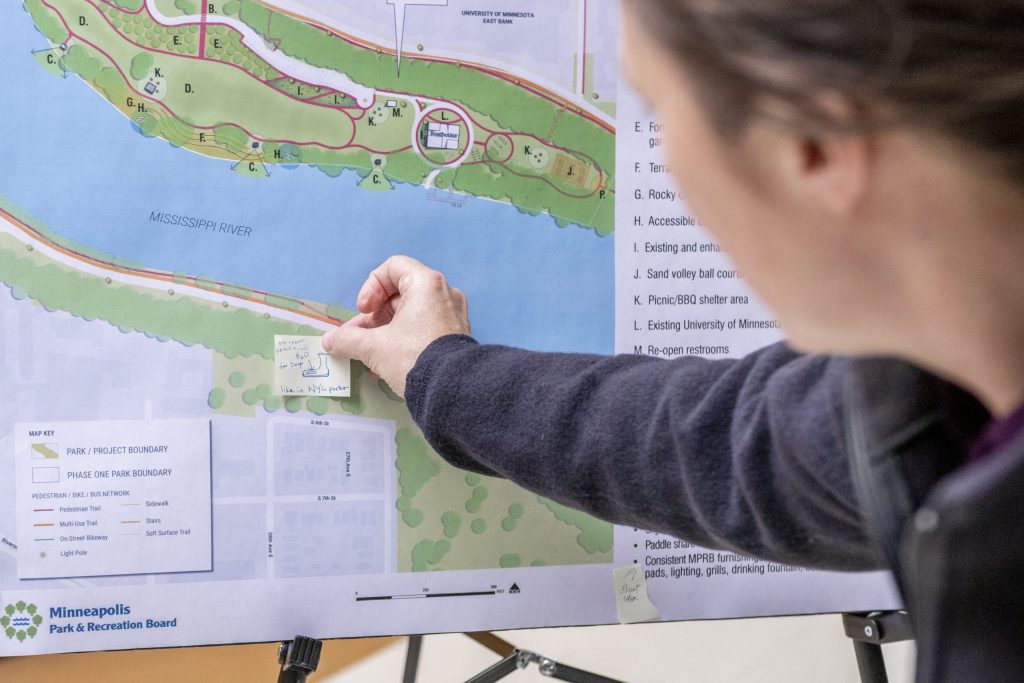Structural engineering and cultural heritage preservation
Structural engineering is a key part of keeping cultural heritage places like old buildings, monuments, and archaeological sites in good shape. Here are some specific ways that structural engineering can help to protect cultural heritage:
Restoring and fixing up: Structural engineers can help repair and fix up old buildings and monuments while keeping their original look and making sure they are safe for the public to use.
Retrofitting for earthquakes: Many historic buildings and landmarks are in places where earthquakes are common. Structural engineers can help make these buildings stronger against earthquakes and other natural disasters by making them more resistant to seismic activity.
Preservation planning: Structural engineers can help create preservation plans for cultural heritage sites, considering the unique historical and cultural significance of each site and making sure that any restoration or renovation work is done in a way that keeps the site’s original character.
Conservation and stabilization: Structural engineers can help protect and support archaeological sites so that erosion, weathering, and other types of damage don’t hurt them.
Monitoring and maintenance: Structural engineers can help keep an eye on and take care of cultural heritage places to make sure any problems are found and fixed before they get worse.
In conclusion, structural engineering is an important part of preserving cultural heritage because it helps protect historic buildings, monuments, and archaeological places for future generations. By working closely with architects, conservationists, and other professionals, structural engineers can help keep these places’ unique historical and cultural significance while making sure they are safe for the public to use.
Disclaimer: This content is provided solely for your review. Erusu Consultants takes no liability for this article. The reader is advised to form their own opinion. Please consult a structural engineer before making any final decisions.






